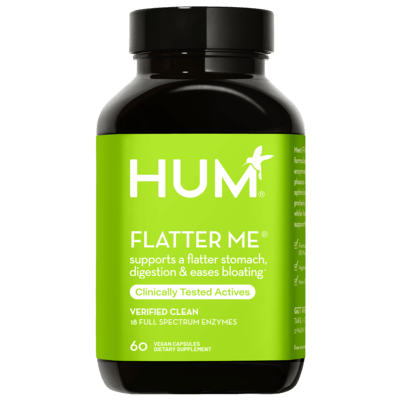Could SIBO be the cause of your indigestion?
What is SIBO?
SIBO, or Small Intestinal Bacterial Overgrowth, is a condition in which bacteria in the large intestines are found in significant populations in the small intestines where they ferment certain carbohydrates. Typically, there are 17 times more bacteria in the large intestine than in the small intestines. What’s the difference? While the large intestines are designed to be a fermentation vessel, fermentation in the small intestines can lead to increased methane and hydrogen (aka gas and bloating).
What Are The Most Common Symptoms of SIBO?
Besides gas and bloating, other classic SIBO symptoms include nausea, diarrhea, halitosis, constipation, and—in severe cases—malnutrition. A few symptoms that occur outside of the digestive system include muscle weakness, joint pain, brain fog, anxiety, insomnia, headaches, and skin rashes.
How to Treat SIBO
Try A Low-FODMAP Diet
If you’re feeling any of the symptoms above, changing your diet can offer insight into whether you have SIBO before committing to testing. Following a low-FODMAP diet is an effective tool at managing and decreasing SIBO symptoms. Why? Because foods high in FODMAPs are highly fermentable. Removing them helps relieve the small intestines.
Low-FODMAP foods include bok choy, carrot, cucumber, zucchini, banana, oranges, lactose-free milk, gluten-free bread, rice, and quinoa. High-FODMAP foods to avoid include garlic, sugar-snap peas, apples, pears, mango, yogurt, and wheat-based bread. (I recommend this app for a more in-depth look at what foods to avoid.)
It’s important to note that this diet isn’t meant to be long-term. A low-FODMAP diet should only be followed for two to six weeks because it restricts nutrients and can negatively impact the gut microbiome. However, if you find your symptoms improving while on the diet, it might be time to get tested.
Get Tested
A breath test measures hydrogen and methane output over the course of three hours. If you have elevated levels of hydrogen or methane in the first two hours, it’s likely SIBO. More conventional gastroenterologists offer this test in their practice. You can also have this test run by a functional-medicine practitioner.
If SIBO is what’s causing your digestive symptoms, you must kill off the bacteria or you won’t correct the issue. Adding in a digestive enzyme during this time can help as well. Flatter Me is a great blend of enzymes that helps break down fat, carbohydrates, and protein, and helps ease bloating.
Eliminate the Bacteria
Once you confirm you have SIBO, it’s important to work with a practitioner who can help give you the right balance of supplements or antibiotics to eliminate the bacteria in your small intestines and put you on a proper diet. SIBO can be complex to treat, so working with a credible practitioner is very important.
Digestive issues like SIBO can be tricky to navigate and are becoming increasingly prevalent. We can often correct underlying imbalances by changing the foods we eat, being more mindful about stress management, and adding in the right supplements. Healing your digestion and figuring out the root cause of digestive disturbances are the keys to optimal health.










